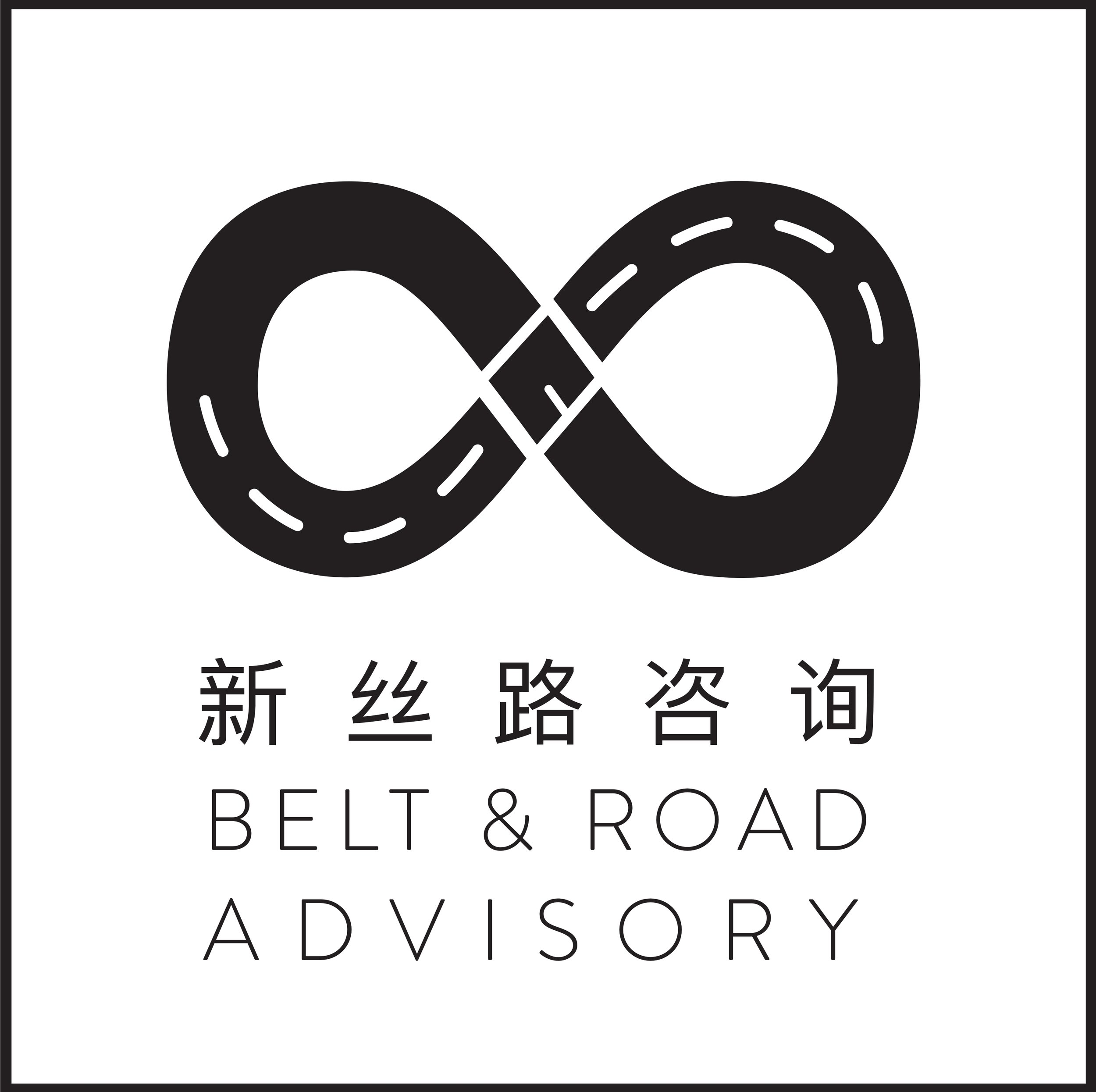The Belt and Road Initiative
The Belt and Road Initiative (BRI), conceived in 2013 by China's President Xi Jinping, is history’s largest infrastructure and trade route build out. While the BRI has been conceived, financed and largely built by China, its coverage is global and includes around 70 countries amounting to roughly 55% of global GNP, 70% of global population, and 75% of the world's energy resources. No time frame for the BRI has yet been specified which makes gauging its size challenging; and estimates vary widely from US$1 trillion up to US$8 trillion.
The Belt and Road Initiative (BRI) is an ambitious, long term project started by China to revive ancient trade routes
At its core, the BRI is the construction of hard infrastructure - roads, rail, airports, ports and economic zones - across developing countries around the world. It comprises two major component parts: the Silk Road Economic Belt and the 21st Century Maritime Silk Road. The former refers to an overland route through the Eurasian land mass while the latter refers to a sea route extending through the East and South China Seas, Indian Ocean and up through the Suez Canal into the Mediterranean Sea.
How should we make sense of the BRI? Some say it is a vision. They invoke the romantic sentiment of the Ancient Silk Road that stretched from China to the Middle East and say that the BRI offers a comparable vision that fosters globalisation and catalyses economic growth in a world facing a growing number of uncertainties. Others see the BRI as a strategy; a geopolitical strategy that facilitates China's rise to the international stage. They argue that the economic forces behind the initiative are intentionally designed to reshape the world order in China's favour.
Neither of the above interpretations is strictly correct. But what can be said, is that the BRI is a process. In its first five years, the BRI has progressed through an evolutionary process, and we have seen its metamorphosis from an initiative solely focused on infrastructure to one which now also incorporates industry, technology, cultural, societal and environmental components. At the same time, the BRI has been increasing its geographical scope by shifting its focus from the historic Silk Road region to the entire globe. Chinese policy makers have also been setting increasingly ambitious goals for BRI; from economic development to constructing a community of “shared destiny for all mankind”. As a result, the only constant BRI has exhibited is its propensity to effect change.
Following the enshrinement of the BRI in the Chinese Communist Party Constitution in 2017 and the removal of presidential term limits in 2018, what is clear is that the BRI is here to stay. It has now become China’s flagship initiative through which it views its interactions with the world.
This timeline summarises some of the key developments:


